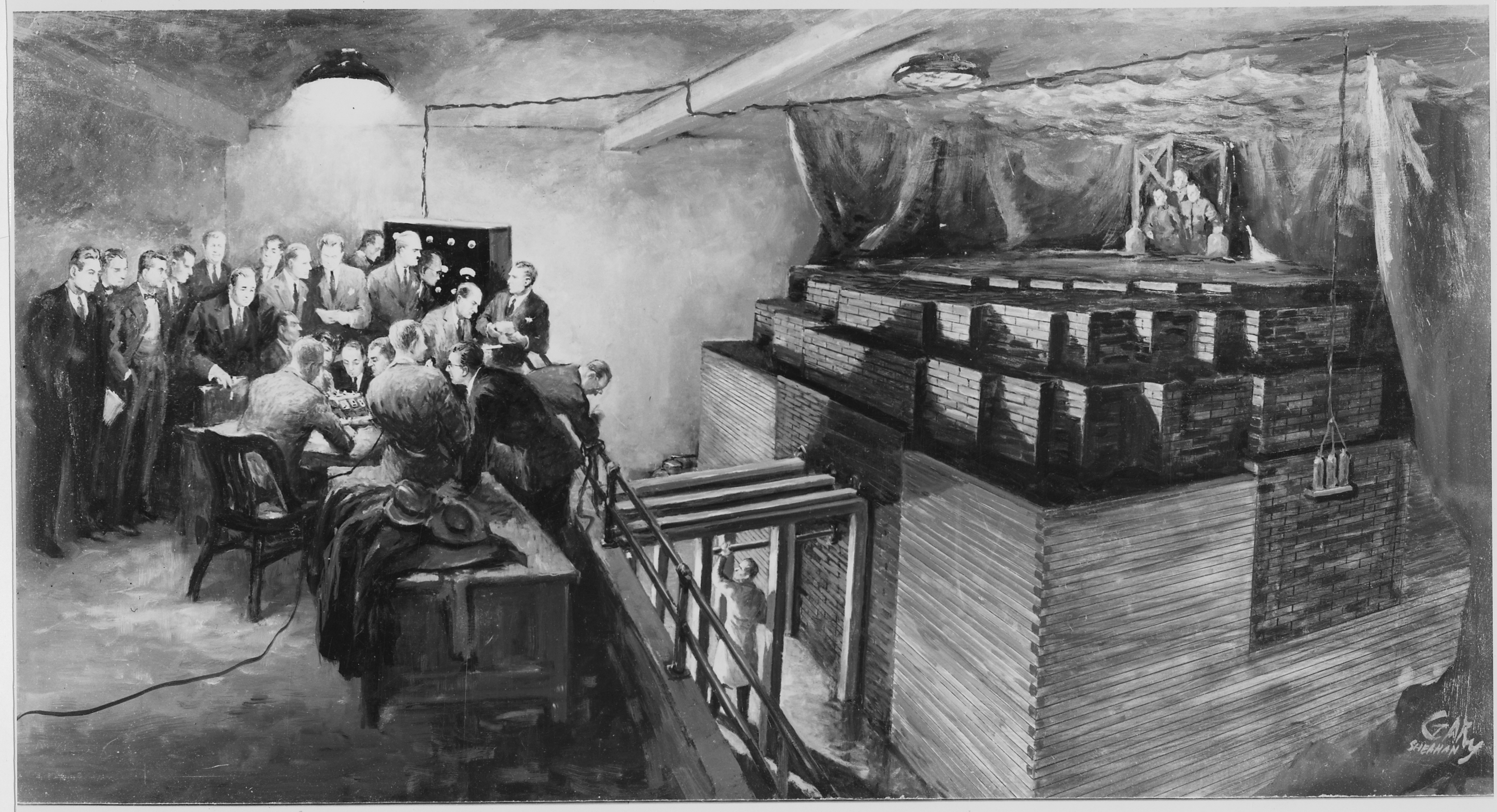By Katja Grace, 12 January 2015
We recently wrote about Donald Michie’s survey on timelines to human-level AI. Michie’s survey is especially interesting because it was taken in 1972, which is three decades earlier than any other surveys we know of that ask about human-level AI.
Early AI predictions are renowned for being absurdly optimistic. And while the scientists in Michie’s survey had had a good decade and a half since the Dartmouth Conference to observe the lack of AI, they were still pretty early. Yet they don’t seem especially optimistic. Their predictions were so far in the future that almost three quarters of them still haven’t been demonstrated wrong.
And you might think computer scientists in the early 70s would be a bit more optimistic than contemporary forecasters, given that they hadn’t seen so many decades of research not produce human-level AI. But the median estimate they gave for how many years until AI was further out than those given in almost all surveys since (fifty years vs. thirty to forty). The survey doesn’t look like it was very granular – there appear to be only five options – so maybe a bunch of people would have said thirty-five years, and rounded up to fifty. Still, their median expectations don’t look like they were substantially more optimistic (in terms of time to AI) than present-day ones.
In terms of absolute dates, the Michie participants’ median fifty-year choice of 2022 is still considered at least 10% likely to give rise to human-level AI by recent survey participants, some four decades later.
It’s not like anyone said that all early predictions were embarrassingly optimistic though. Maybe Michie’s computer scientists were outliers? Perhaps, but if everyone else whose predictions we know of disagreed with them, it would be those others who were the outliers: Michie’s survey has sixty-three respondents, whereas the MIRI dataset contains only eleven other predictions made before 1980 (it looks like twelve, but the other interesting looking survey attributed to Firschein and Coles appears to be an accidental duplicate of the Michie survey, which Firschein and Coles mention in their paper). Sixty-three is more than all the predictions in the MIRI dataset until the 2005 Bainbridge survey.
AI researchers may have been extremely optimistic in the very early days (the MIRI dataset suggests this, though it consists of public statements, which tend to be more optimistic anyway). However, it doesn’t seem to have taken AI researchers long to move to something like contemporary views. It looks like they didn’t just predict ‘twenty years’ every year since Dartmouth.

Thanks to Luke Muehlhauser for suggesting this line of inquiry.
(Image: “Donald Michie teaching” by Petermowforth)



My interest in the Michie results was that they were not self-selected like most of the other predictions: those with short timelines talk about them more, and get more media attention.
This is one reason I’d really like to see a very high response rate expert elicitation exercise done with a group convened for other reasons (existing surveys of such groups had only a minority responding).